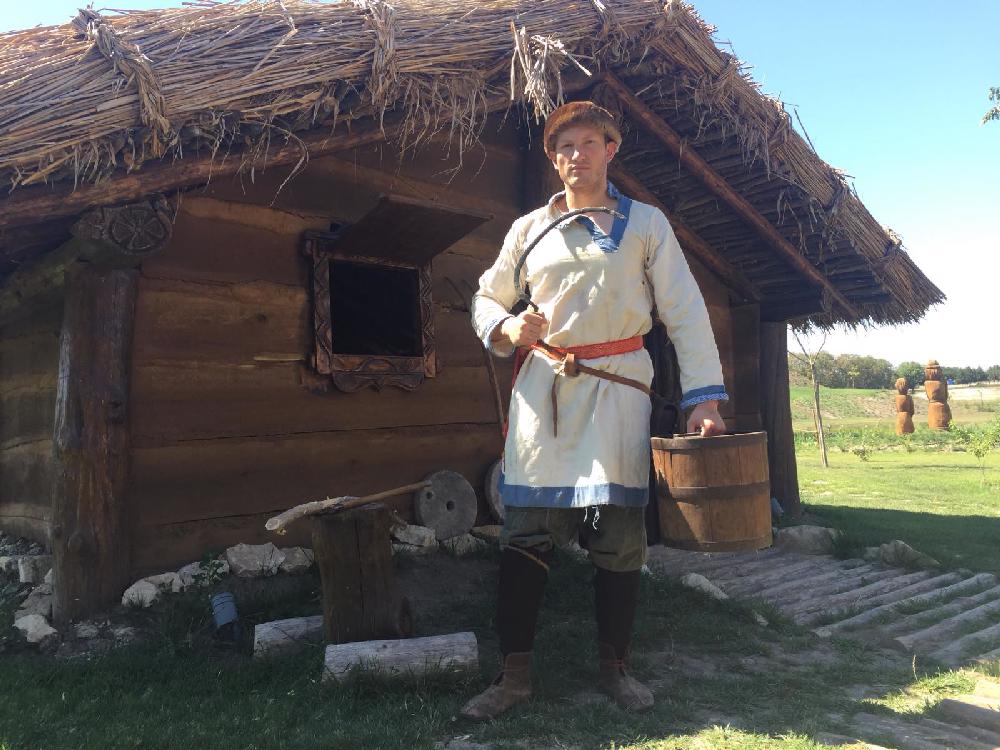THE COMMUNITY AMONG THE SLAVS
10/31/2020
A union that gathered people of the same ancestral origin or several families related by close blood relationship, the Slavs called it „zadruga” (community).
The members of the Slavic community lived together and worked as a group and owned property under the management of an elected elder. Some "zadrugi" reached 60 members. An elder was usually either the father or the eldest brother. He managed the house and the public property, distributed the work between the male members of the community and the workers, decided what to produce for sale, what to buy for purchase, protected the interests of the whole family. An elder performed ceremonies and sacrifices in honour of the Slavic deities. He was a representative of his kind at general assemblies in which tribal and national issues were discussed. There was equality between the members of the community. The land on which the family lived was common property, which could be used equally by all members of the municipality.
There were no poor in the community. Everyone was a member of a family that took care of his existence. Only those who were expelled from the family union as punishment for some transgression were poor. That is why for the Slavs the terms poverty and shame mean the same thing, that is, according to them, only those who have committed a crime and been expelled from the fellowship are poor.
The position of women in the family community was honorable. The oldest of the women (housewife, leader’s spouse) manages all the women in the family and distributes the work among them. In Slavic municipalities, when men were away from home for work, a female interregnum took place.
Several related families who lived in separate rural settlements formed a tribe, and the land occupied by the tribe was called a “zhupa” (county, disctrict). The center of the zhupa was the city - the fortress of the county. The Slavs usually built this fortification either in the middle of swamps or on a hill like a peninsula. On the side where it connected with the surrounding heights, it was protected by an embankment and a moat, and on the other sides - with steep slopes. Each zhupa was governed by an elder who was chosen by a particular family. The common affairs of the county were decided in a meeting held with all the elders of the families.
Sometimes the tribes united for a common defense or attack, but this was for a short time. Once the danger was over and / or the military campaign was over, each tribe and community continued to be governed as decided by its elders.
The Slavic community was the union of society. And although the Slavs achieved remarkable results - such as the military campaigns that undertook the siege of Thessaloniki, at the same time the lack of centralisation and self-government of each elder often led to conflicts and disputes, which further affected their development. However, it cannot be denied that the principle of the community, which is deeply rooted in the Slavic essence, continues to be valid to this day. Bringing people together to achieve high results together, to create new things in different areas and to contribute to increasing the added value for each member of society, is in fact a form of association.
This cohesive behaviour and the tireless efforts made to build a magnificent creation has acquired a real look in the Historical Park. Every guest and visitor can see what was created by ordinary people, Bulgarians with real hearts, who are united by the idea of preserving their past and ancient cultural heritage.

